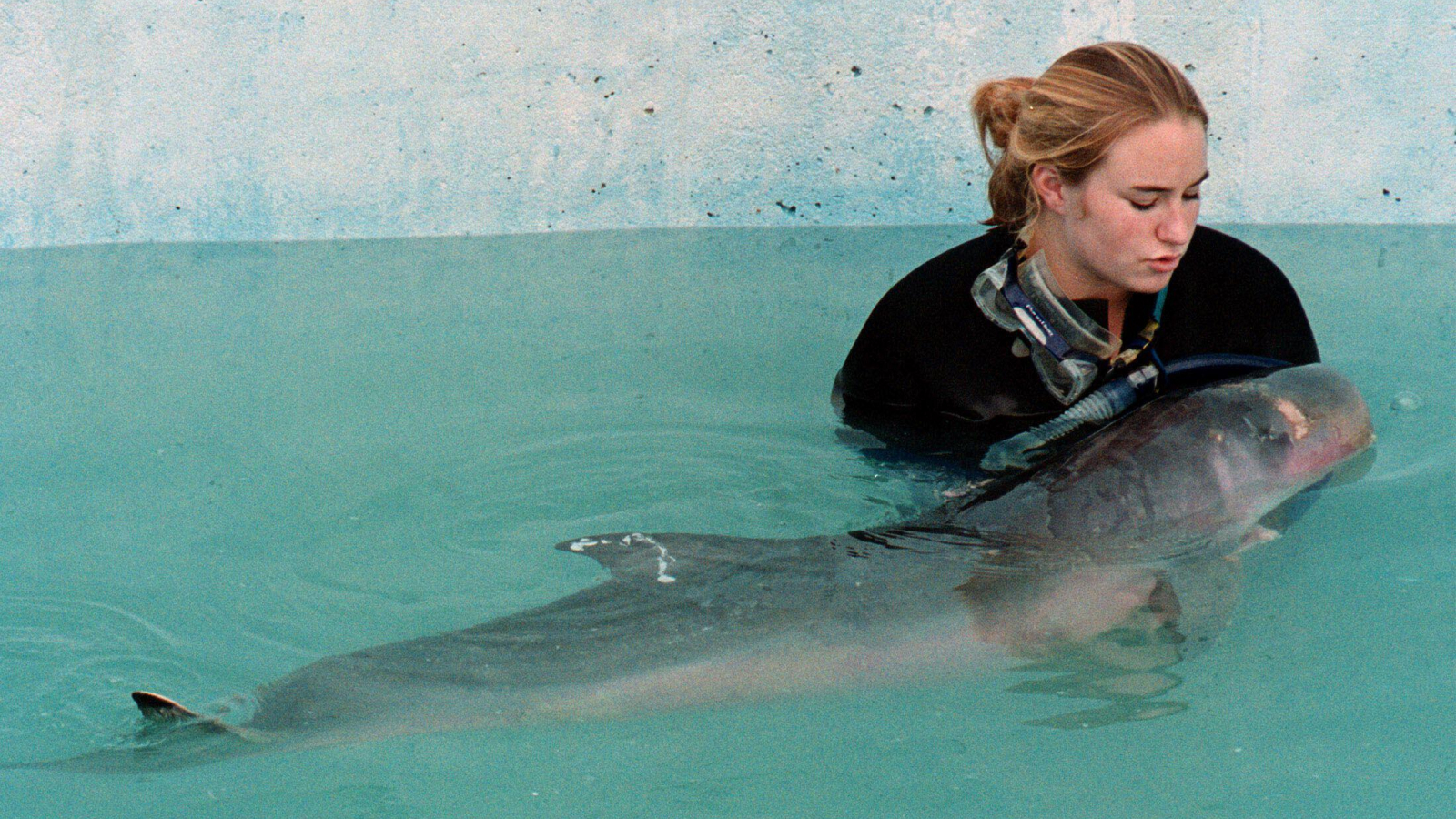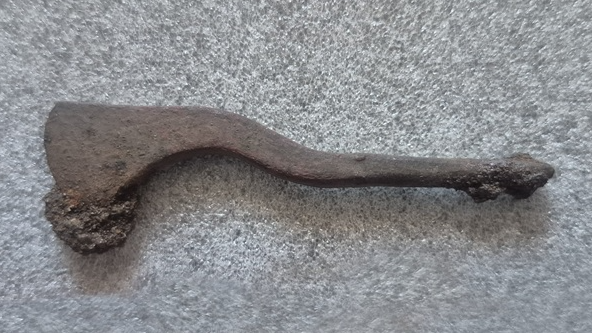Dwarf sperm whale: The 'pint-size whales' that gush gallons of intestinal fluid when surprised
The smallest species of whale tricks its predators by gushing gallons of red fluid into the water when under attack.

Name: Dwarf sperm whale (Kogia sima)
Where it lives: Tropical and temperate waters around the world.
What it eats: Deep-sea squid, octopuses, crustaceans and fish.
Dwarf sperm whales have an unusual way to protect themselves if they come under attack. When they feel threatened, these tiny whales release their intestinal fluid, turning the water red.
Growing up to 8 feet 10 inches (2.7 meters) long, they are the smallest species of whale. They are even smaller than some dolphins, such as Risso’s dolphins (Grampus griseus) which can reach 13 feet (4 meters) and bottlenose dolphins (Tursiops truncatus), which grow to around 12 feet (3.8 meters). These animals look so similar to pygmy sperm whales (Kogia breviceps) that it's challenging to tell the two apart. They were even believed to be the same species until 1966.
At the surface, they don't usually approach boats, which makes them very hard to study. The life of these toothed whales is typically unhurried. According to the Whale and Dolphin Conservation, they tend to travel at a steady pace, and drift gently back under the water when they’re ready to go back to deeper waters.
They only dive suddenly when they're startled. If this happens, they also release their intestinal fluid, potentially in defense or as a reaction to feeling nervous — like a squid releasing ink.
Related: Sperm whales drop giant poop bombs to save themselves from orca attack
No other whales, except pygmy sperm whales, use this tactic to escape from danger.
"Each dwarf sperm whale has a sac filled with dark liquid in its intestine," representatives from the National Oceanic and Atmospheric Administration Fisheries wrote. "The whale can release more than three gallons [11 liters] of dark, reddish-brown liquid — or ink — from this sac."
Get the world’s most fascinating discoveries delivered straight to your inbox.
This cloud darkens the water, making it harder for the predator to see, which helps the tiny whale to make its getaway.
Their predators include large sharks and orcas (orcinus orca), and these pint-size whales are also threatened by entanglement, vessel strikes, and pollution.
Dwarf sperm whales can live to around 22 years old. Although little is known about their social behaviors, they are usually seen in small pods of no more than 16 whales.
They prefer deep waters and can dive to over 1,000 feet (300 meters) to find food. They eat a variety of deep-sea squid, octopus, crabs, and fish — using echolocation to track down their prey. They are often found near continental shelves where they have access to lots of their food sources.

Melissa Hobson is a freelance writer who specializes in marine science, conservation and sustainability, and particularly loves writing about the bizarre behaviors of marine creatures. Melissa has worked for several marine conservation organizations where she soaked up their knowledge and passion for protecting the ocean. A certified Rescue Diver, she gets her scuba fix wherever possible but is too much of a wimp to dive in the UK these days so tends to stick to tropical waters. Her writing has also appeared in National Geographic, the Guardian, the Sunday Times, New Scientist, VICE and more.
You must confirm your public display name before commenting
Please logout and then login again, you will then be prompted to enter your display name.

